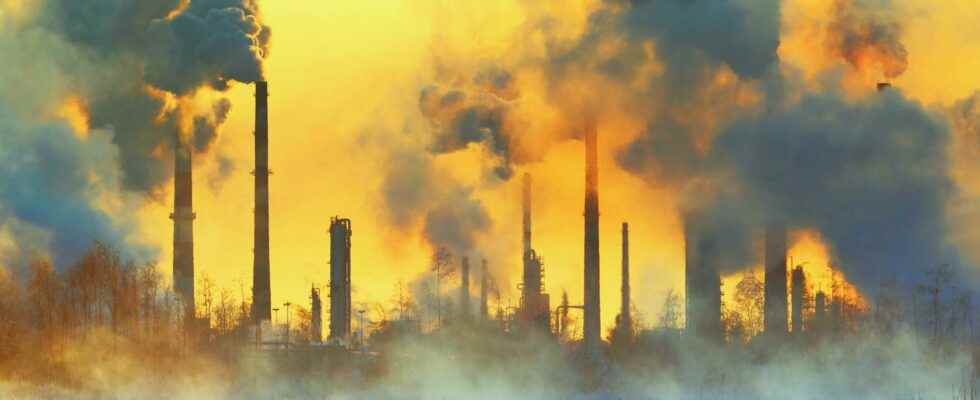You will also be interested
[EN VIDÉO] What is the share of transport in pollution? Transport is the second largest contributor of greenhouse gases, with 24.6% of emissions.
I’World Health Organizationwhich is a specialized agency of the UN, has a database of approximately 6,000 cities in 117 countries: theair analyzed exceeds the pollution thresholds set by the organization in almost all of these cities. The cause of this air pollution? Particles that can penetrate the lungsveins and arteries, and lead to many diseases. These cause 7 million deaths a year, as well as life expectancy reduced and deteriorated by disease for many others.
To perform its analyses, theWHO takes PM2.5 and PM10 into account, and recently added carbon dioxidenitrogen. This gas comes mainly from thermal power stations and internal combustion engines, such as diesel. It is a toxic gas, with an acrid and pungent smell, very present on busy roads. Regular exposure to this gas can triggerasthma, difficulty in breathing and coughing. It has been proven that hospitalizations for these symptoms are on the rise during peaks of nitrogen dioxide pollution.
Nitrogen dioxide in large quantities in the eastern Mediterranean
One of the highest concentrations of nitrogen dioxide in the world was recorded in the eastern Mediterranean, particularly on the island of Cyprus, with levels that exceeded 3 to 4 times the maximum threshold of 50 micrograms per square meter several days in a row in recent weeks. Cyprus is indeed suffering from frequent episodes of pollution for several reasons: transportation,Agriculturethe combustion of waste and industry, but also the sand of the desert carried by the winds. Factors weather report specific to its location, and the regular supply of Sahara sandmake Cyprus one of the most polluted areas in the Mediterranean and in Europe.
Peak of fine particles in India and China
Outside the Eastern Mediterranean, developing countries are particularly affected by PM10 pollution, from both man-made (industry, transport, agriculture) and natural (forest fires, volcanic eruptions) sources. : India has been recording extremely high levels of PM10 and PM2.5 for many years, 60% of which comes from homes and industries. China also records high levels of PM2.5: PM2.5 penetrates deep into the lungs and bloodstream and is likely to cause cardiovascular and brain problems, such as stroke. Ongoing studies also tend to show that other organs are affected by these particles.
The countries with the worst air quality are also those least equipped to analyze and control pollution levels. Wealthier countries, such as the United States and European states, are less affected by particulate pollution and have more tools to analyze air quality. However, the WHO points out that all countries, regardless of their level of wealth, have too high levels of nitrogen dioxide.
What are the proposed solutions? As recommended IPCC in his last reportusing electric vehicles and rethinking modes of transport, abandoning fossil fuels such as coalresort to green energies (including for domestic tasks such as cooking), better manage waste, reduce forest fires.
However, according to Maria NeiraDirector of the Department of Environment and climate change of the WHO, too much investment is still being made in favor of a polluted environment and not in favor of healthier and cleaner air”.
‼️99% of the world’s population breathe air that exceeds the air quality limits set by the@WHO.
Let’s limit the use of fossil fuels & take concrete steps to reduce air pollution levels. https://t.co/Mopjm3q2Vopic.twitter.com/Qc4jq5851G
— United Nations (UN) (@ONU_fr) April 5, 2022
Support your independent scientific media: discover our subscription formulas!
4 good reasons to subscribe to Futura on Patreon:
- A site without any advertising from 3.29 euros per month.
- It is without commitment.
- Access to priority content, in preview, just for you.
- You support our business in the best possible way. A real motivation for us!
Interested in what you just read?
